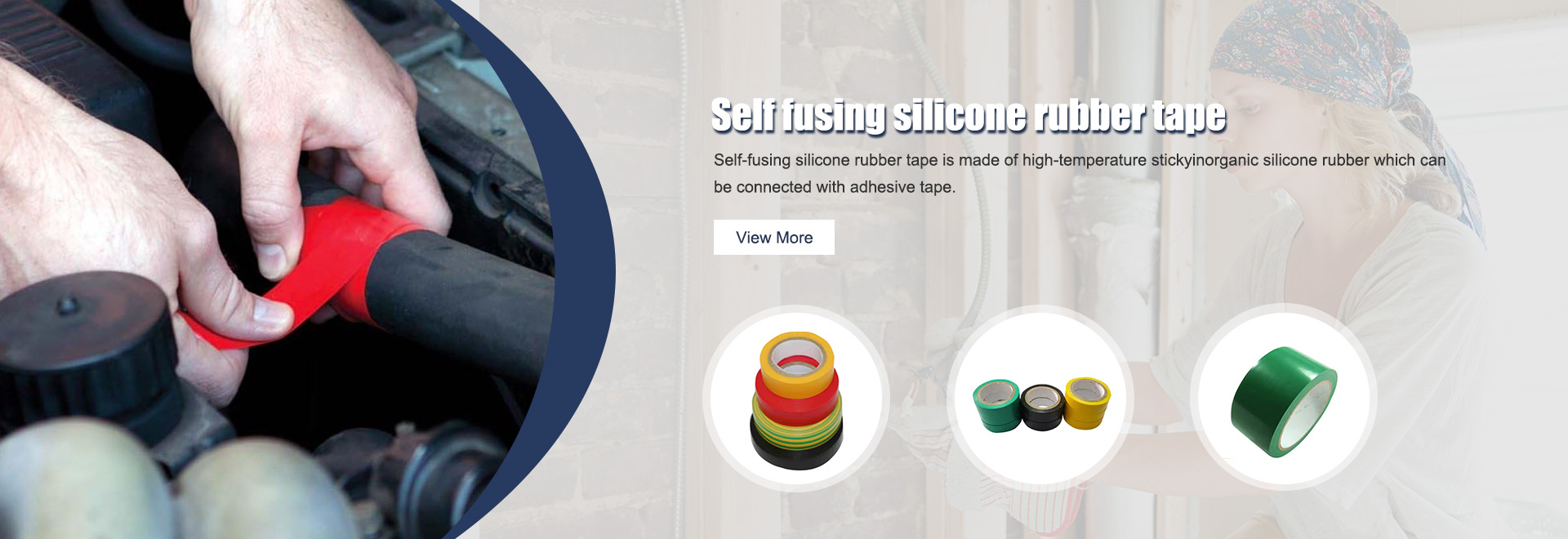The Versatility of Fabric Insulation Tape
Fabric insulation tape is an essential component in various industries, offering a wide range of applications that cater to both professional and DIY settings. Made from a durable woven material, this tape is designed to provide excellent insulation properties while remaining flexible and easy to handle. In this article, we will explore the features, benefits, and uses of fabric insulation tape, highlighting why it has become a favorite among electricians, constructors, and hobbyists alike.
Composition and Features
Fabric insulation tape is primarily composed of a cotton or polyester base, coated with a layer of pressure-sensitive adhesive. This combination results in a product that boasts high tensile strength, ensuring it can withstand various environmental conditions. The fabric construction allows the tape to conform to surfaces easily, making it ideal for wrapping around irregular shapes and edges. Moreover, it exhibits resistance to temperature fluctuations, moisture, and chemicals, which is a crucial quality in many industrial applications.
The tape typically comes in various widths and colors, enabling users to select the appropriate option for their specific needs. The availability of different colors not only helps in color-coding applications for easier identification but also enhances aesthetics in finished projects.
Benefits of Using Fabric Insulation Tape
One of the primary benefits of fabric insulation tape is its exceptional insulation properties. It is an excellent choice for electrical insulation, as it minimizes the risk of shorts and electrical leakage. Additionally, the tape has low electrical conductivity, making it a safe option for wrapping wires and cables.
fabric insulation tape

Another significant advantage is its durability. Fabric insulation tape can withstand extreme temperatures, making it suitable for both indoor and outdoor use. It does not easily tear or rip, ensuring reliable performance even in demanding conditions. Furthermore, the pressure-sensitive adhesive ensures that the tape adheres firmly to a variety of surfaces, including metal, wood, and plastic.
The versatility of fabric insulation tape is another compelling reason for its popularity. It is not limited to electrical applications; it can also be used in automotive, aerospace, and general construction projects. Whether you need to insulate wires in a home renovation or secure components in an automotive engine, fabric insulation tape is up to the task.
How to Use Fabric Insulation Tape
Using fabric insulation tape is straightforward, making it accessible for both novices and seasoned professionals. To achieve the best results, it is essential to prepare the surface by ensuring it is clean and dry. Start by cutting the tape to the desired length. When applying the tape, it is crucial to wrap it around the object tightly, overlapping each layer by about half to ensure full coverage.
For electrical applications, it is advisable to follow safety standards and guidelines to mitigate any risks associated with insulation. Regularly inspect the taped areas for signs of wear or damage, as timely maintenance can prevent more significant issues down the line.
Conclusion
In summary, fabric insulation tape is a versatile and reliable material that serves a multitude of purposes across various sectors. Its unique composition provides excellent insulation, durability, and ease of use, making it an indispensable tool for electricians and hobbyists alike. Whether you are securing wires, insulating cables, or completing a DIY project, fabric insulation tape is a solution that meets the highest standards of safety and efficiency. With its wide range of applications and benefits, it is clear why this tape has earned its place as a staple in workshops and job sites around the world.
-
XIANGFAN Rubber Tape-Ultimate Solutions for All Your Insulation NeedsNewsJun.24,2025
-
XIANGFAN Rubber Tape-Protection for Industrial and Residential ApplicationsNewsJun.24,2025
-
XIANGFAN Rubber Tape: Superior Safety and Sealing for Demanding EnvironmentsNewsJun.24,2025
-
XIANGFAN Rubber Tape: Reliable Solutions for Every Electrical ChallengeNewsJun.24,2025
-
XIANGFAN Electrical & Industrial Tape: Powering Reliability Across IndustriesNewsJun.24,2025
-
XIANGFAN Electrical & Industrial Tape: Excellence in Every ApplicationNewsJun.24,2025
